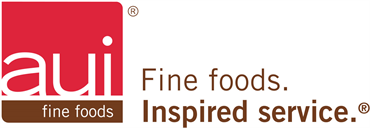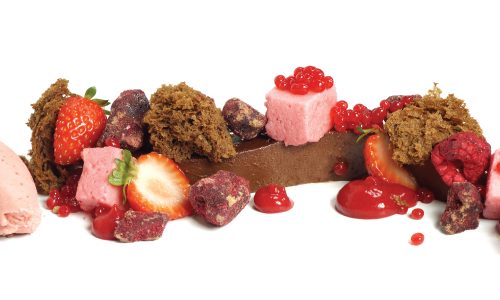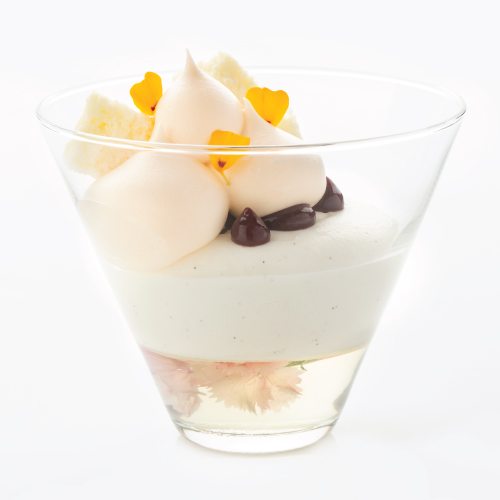- Catalog |
-
My Cart - Quick Order
|
Molecular Gastronomy Goes Mainstream
Easy Recipes and Widely Available Ingredients Make Molecular Gastronomy Accessible to Chefs at All Levels
March 21, 2016
Almost 30 years after an Oxford physicist coined the phrase “molecular gastronomy,” it looks like the professional chef’s focus on chemical transformations in food isn't just a fad. It isn't even a matter of jumping on the molecular bandwagon anymore. The bandwagon has turned into an unstoppable locomotive, and chefs everywhere can ride the rails to culinary glory.
In the early days of molecular gastronomy (or, modernist cuisine, as some chefs call it), there was no easy way for chefs to learn the techniques. An unpaid “stage” at El Bulli was just about the only way to work with the cutting edge ingredients and techniques made famous by Ferran Adria. While guests were getting wowed in Spain, chefs around the world looked on from afar at the first innovative cuisine since the time of Escoffier.
This plated dessert recipe puts a creative twist on the classic combination of berries and chocolate using two popular molecular techniques: flexible ganache and fruit caviar.
Like any high art, haute cuisine has trickled down to the masses over time. Diners are more educated and adventurous than ever. With the help of YouTube video tutorials, chefs everywhere can teach themselves modernist techniques. Even a neighborhood restaurant or country club can excite diners with a molecular twist on a classic dish. Or, chefs can have a little fun, and turn fruit juice into caviar like Adria at El Bulli, or inflate edible balloons like Grant Achatz at Alinea.
The key to molecular success is high quality ingredients, such as stabilizers, emulsifiers, and thickeners. Most gourmet distributors now offer a line of ingredients and equipment geared to modernist cooking. Sosa Ingredients, one of the world’s premier suppliers of molecular gastronomy goods, offers a huge range of pastry ingredients and finished products. With precision and practice, chefs at all kinds of food service outlets can make molecular gastronomy magic a part of their daily prep.
This Essence of Spring Verrine is garnished with silky blackberry fluid gel and orange blossom foam made with Sosa Ingredients
Discover how easy molecular gastronomy can be with this recipe for a stunning springtime dessert. With Sosa Ingredients and equipment already used in most professional kitchens, this refreshing and floral plated dessert is sure to wow customers!
Be sure to share your molecular creations with us on Facebook and Instagram by tagging AUIFineFoods, or use #auifinefoods. Have you had a molecular mishap? Send us your questions at PastryTeam@auifinefoods.com.
About the Author
Carolyn Crow is an experienced pastry chef and chocolatier who has traded in emulsifying ganaches for organizing events and tradeshows as AUI’s Event Manager. Even with a Pastry Arts degree (CIA) and an English Literature degree (University of Maryland), Carolyn still believes the best dessert is a brownie sundae and the best book is anything with Harry Potter.



